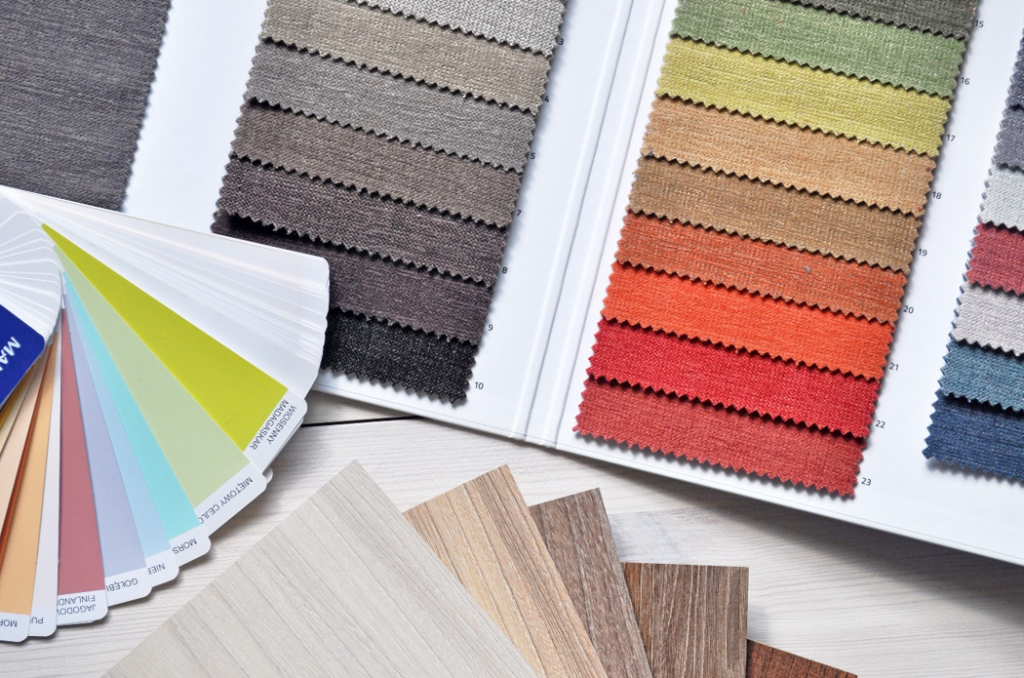Textile designing is an exciting profession that combines creativity, technical know-how, and a keen eye for detail. If you are passionate about fabrics, patterns, and colors and have a flair for design, this could be the perfect career. Below, we look at what textile designers do and how to become one.
What Is a Textile Designer?
Textile designers are people who design fabric. They take inspiration from trends in art, culture, and fashion to create original designs that can be used for various purposes, including clothing, upholstery, wallpaper, and home furnishings. A textile designer’s job may involve creating both print and pattern designs and selecting colors, fabrics, and finishes.
What Is Textile Designing?
Textile design is the process of coming up with ideas and creating designs for fabric. It involves understanding color, texture, patterns, and materials as well as the manufacturing process of textiles. Textile designers usually specialize in either print or pattern design but may also be involved in both.
How to Become a Textile Designer
As is with all creative professions, becoming a textile designer requires both talent and training. If you are considering a career in textile design, follow these steps.
Have a Bachelor’s Degree
The first step to becoming a textile designer is to get a bachelor’s degree in textile design or a related field such as fashion design, graphic design, or fine arts. During your studies, you will learn about textile designing basics, including fabric construction, computer-aided design (CAD), and printmaking. This is important because you will need to be familiar with these things to be a successful textile designer.
Get an Internship
Once you have graduated from college, the next step is to get an internship in the textile design industry. This will give you the chance to learn about the business from the inside and make important contacts. An internship will also allow you to show your portfolio to potential employers.
Build a Portfolio
It is essential to have a strong portfolio that showcases your best work as a designer. When creating your portfolio, make sure to include print and pattern designs, sketches and fabric swatches. It is also a good idea to include a few of your designs that have been produced commercially.
Find a Job
Once you have completed your training and built up your portfolio, you will be ready to start looking for a job in the textile design industry. There are many different types of jobs available for textile designers, so you should have no problem finding one that suits your skills and interests.
Textile design is a creative and exciting profession that offers many opportunities for those with a passion for fabrics, patterns, and colors. If you are interested in becoming a textile designer, Fashive can help. Fashive is an online learning platform offering 70+ courses to fashion professionals. We can help you develop your skills and knowledge in textile design and other aspects of the fashion industry. Visit our website today to learn more.
